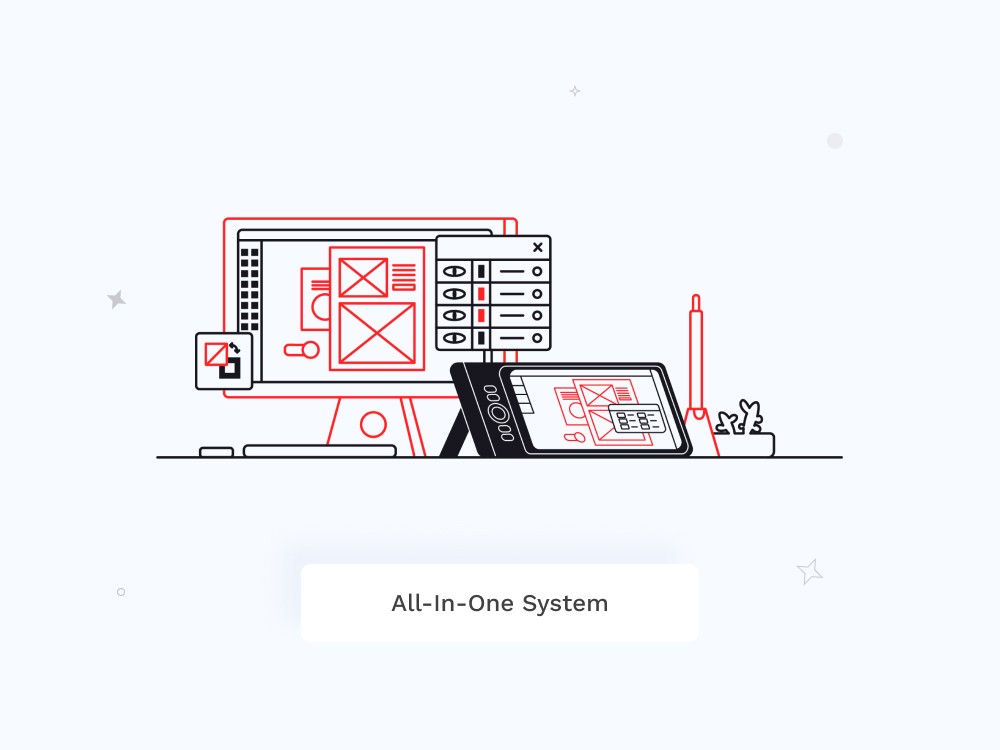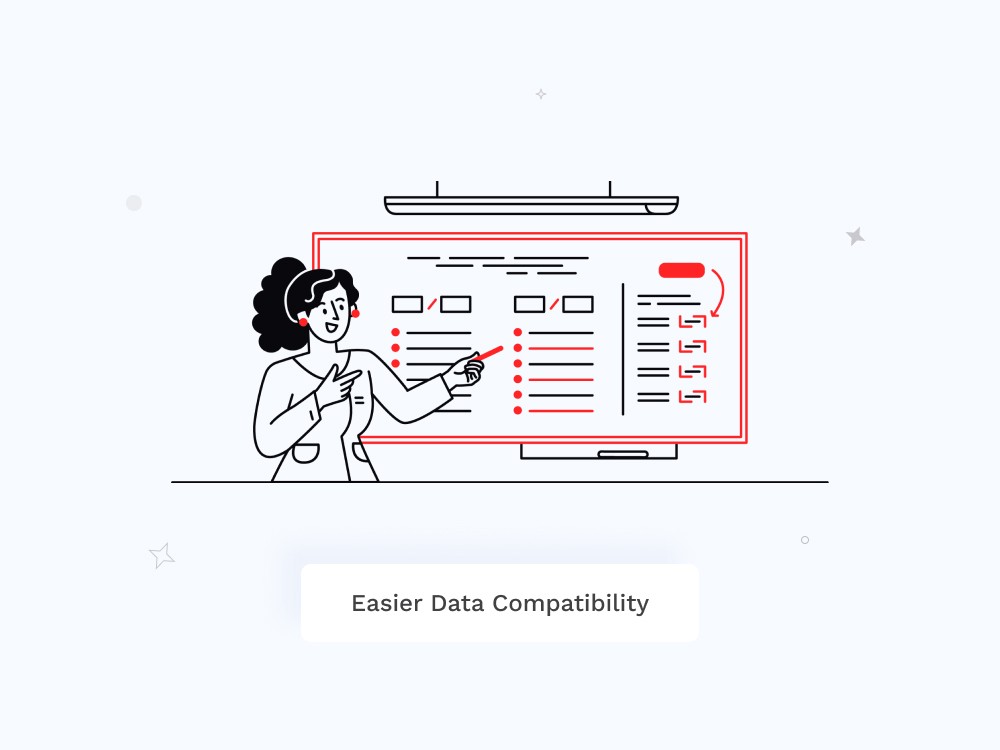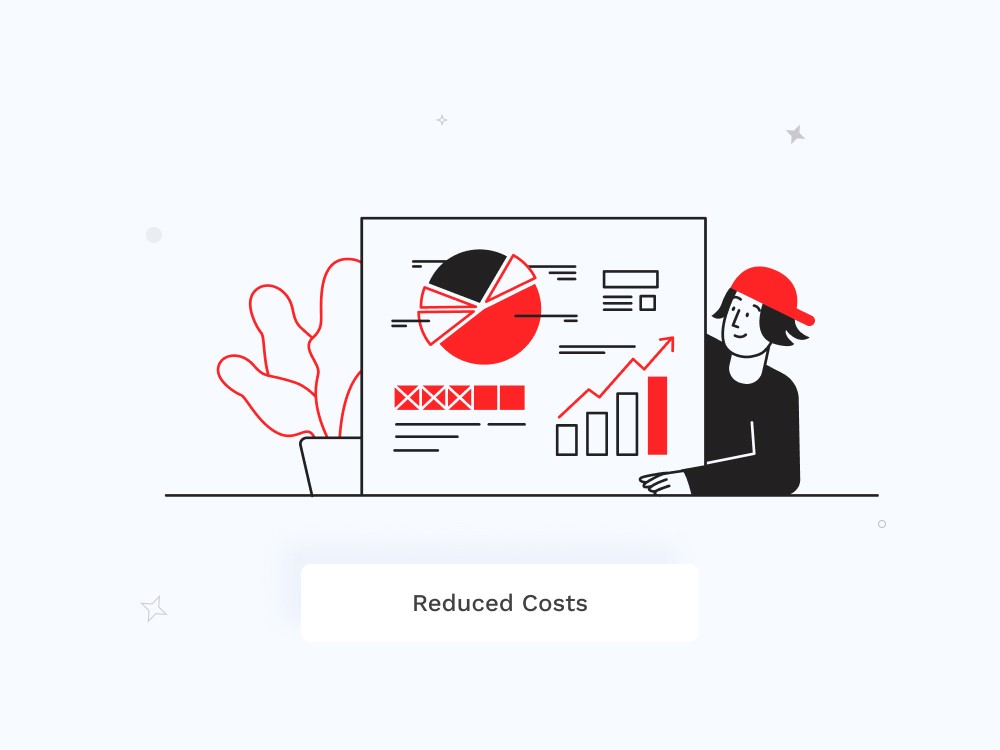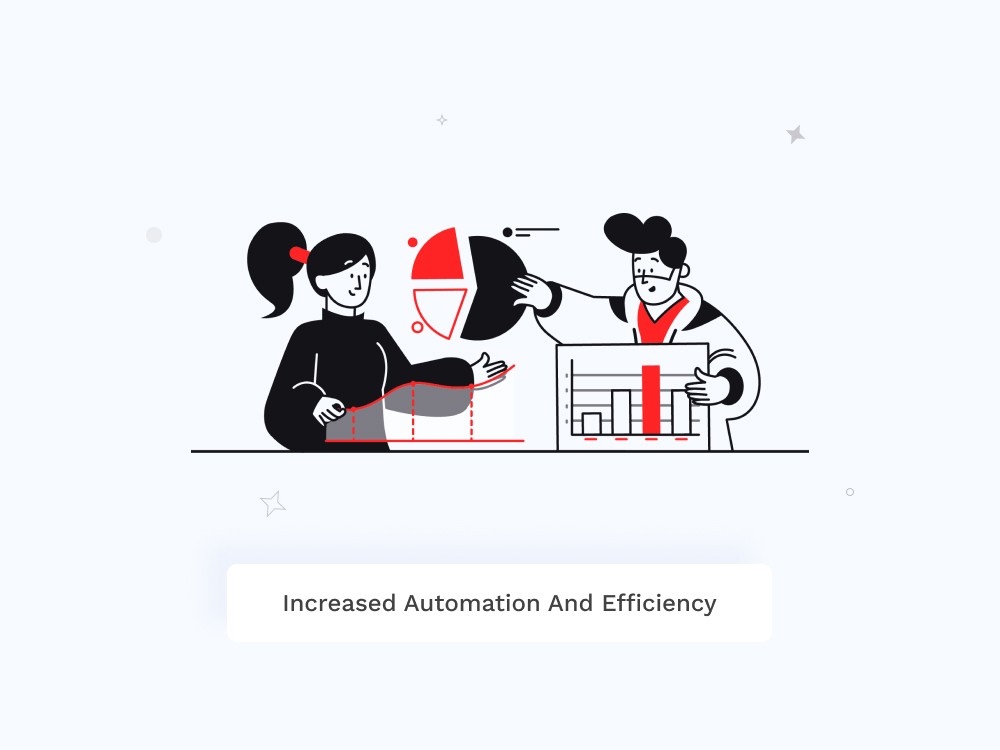Across many industries, managers are looking for a software solution that will solve all their daily issues. An all-in-one tool that handles order processing, accounting, reporting, warehouse management, and more. The problem is that some features might be industry-specific or even company-specific, which makes ready-made solutions limited. A custom solution that will cover your company’s specific issues and make the workflow easier and smoother is something one hopes to discover.
Instead of integrating myriads of different tools and juggling among them, consider getting a so-called end-to-end software solution. What is an end-to-end solution? It is a tool that will cover all your needs whereby various features complement each other and cooperate smoothly and seamlessly. In this article, we will discuss the business benefits and possible shortcomings of an end-to-end technology.
Contents:
What Is an End-To-End Solution? Types and Examples
The definition of an end-to-end solution is a tool that encompasses every feature necessary to execute the workflow from the very first step till the final one. An end-to-end solution delivers a whole range of tools that you need to support and grow your business without using any third-party platforms.
Let’s delve into the meaning of an end-to-end solution in more detail in the context of various types of such software.

Real Estate
The vast majority of real-estate firms use multiple tools for their daily business. Fitting features into a one-off solution would rapidly increase their efficiency and ensure better safety. Certainly, there are tools on the market that real estate agents can utilize for event organization, accounting, business management, social networking optimization, and so on. But jumping from one application to another requires more time and expenses. Having an end-to-end application at their disposal will eliminate unnecessary spendings and make their workflow more stable and efficient.
Healthcare
No one requires more efficiency than the medical sphere. Being a complex and diverse industry, it needs a tool to monitor expenses, drugs, equipment, and increase patient experience. Nowadays, customer experience is the centerpiece of most business decisions, but it becomes significantly more important in the healthcare industry. The stakes at the hospital are higher, and making a small mistake can harm human lives. Building end-to-end software will enhance the effectiveness of the workflow and decrease potentially harmful errors.
Business Management
Business operations consist of numerous tasks: resource allocation, budgeting, financing, accounting, project management, HR, sales, marketing, and more. Indeed, your business can adopt a ready solution that will cover the basic workflow, but each company is different, and you might have some unique tasks.
Settling for a tool that almost fits your needs might result in increasing costs since you will have to go through the integration of third-party tools or build an extra solution for a specific problem. Additionally, the more external tools you involve in your business, the higher the risk of exposing sensitive data and losing your reputation. An end-to-end service will help you keep track of your operations, progress, and results in one concise tool.
Construction
The construction business entails many steps in their business operations. It starts with costs and resources estimation, follows with project management, logistics, accounting, and others. Using an end-to-end solution will eliminate the pitfalls caused by miscommunication and data duplication and make the workflow more transparent and efficient.
What Are the Main Benefits of an End-To-End Solution?
End-to-end technology can be applied to virtually any business and it will definitely profit from it. But what are the main end-to-end software benefits?
- All-in-one system
Regardless of the industry, you can build an end-to-end cloud-based solution that will perfectly correspond with your business goals, operations, and users. The beauty of an all-in-one system lies in its ability to unify hundreds of various processes in one concise format. You can streamline the payment process, monitor daily operations, take care of accounting and HR, optimize sales, enhance logistics using one tool. On top of that, onboarding new staff becomes more comfortable when you provide a comprehensive tool to learn your business’s intricacies.

- Easier data compatibility
Implementation of an end-to-end solution also smooths the data flow and enables an easier and faster data migration. Instead of transferring data from one source or tool to another, you will have a full overview of your important KPIs, metrics, customer data, etc., on one platform. An all-in-one solution will collect your data, organize and analyze it as well as build reports without any extra work on your part.

- Reduced costs
Cost-effectiveness is one of the most important benefits of an end-to-end solution. Having multiple systems from various vendors forces you to overpay. Each time you integrate with a new tool, you need to take care of licenses, support packages, transaction fees that increase the initial cost.
Acquiring an all-in-one deal will significantly cut your expenses and ensure a simpler process of the contract renewal. Besides, you will also save money by decreasing the number of errors, enhancing communication, improving productivity, and simplifying the onboarding.

- Increased automation and efficiency
Working with a single vendor will help you optimize and automate your business. One of the essential pros of end-to-end software solutions is their ability to enhance overall efficiency and productivity. Although hard to quantify, increased efficiency will better every aspect of your business: reduce errors, improve security, optimize processes and performance, streamline operations, etc.

Disadvantages of an End-To-End Software Solution
Nothing in this world is ideal and comes without a catch. End-to-end systems are no exception. Therefore, let’s discuss the possible drawbacks to such platforms.
- Lack of independence
Although we said that having an all-in-one technology is one of the end-to-end solution advantages, it can be counterproductive. Some companies, especially major corporations, might feel like having one vendor eats away their independence rather than drives up their business.
- No one is good at everything
Labor division did not conquer the world for no reason — no one can be good at everything. There is no perfect all-round system out there, so building an E2ES that will solve all your business issues might seem utopian.
Final Thoughts
After considering both pros and cons of an end-to-end system, one can conclude that having an all-in-one tool comes with many benefits. The disadvantages that it brings are very circumstantial and can be easily solved by integrating a couple of additional third-party tools. An end-to-end solution will cover your basic business needs, whereas if you require a more in-depth solution for a specific problem, you can always go for additional services from another provider. OSDB is a company that knows end-to-end from A to Z. We are experts on delivering SaaS platforms for startups and small businesses. Having worked with various companies from different industries such as healthcare, construction, business management, and real estate, we are ready to take on your end-to-end project and build a user-friendly solution that will solve your business needs. Contact our team of end-to-end experts to ask any remaining questions and learn more about end-to-end technology.




